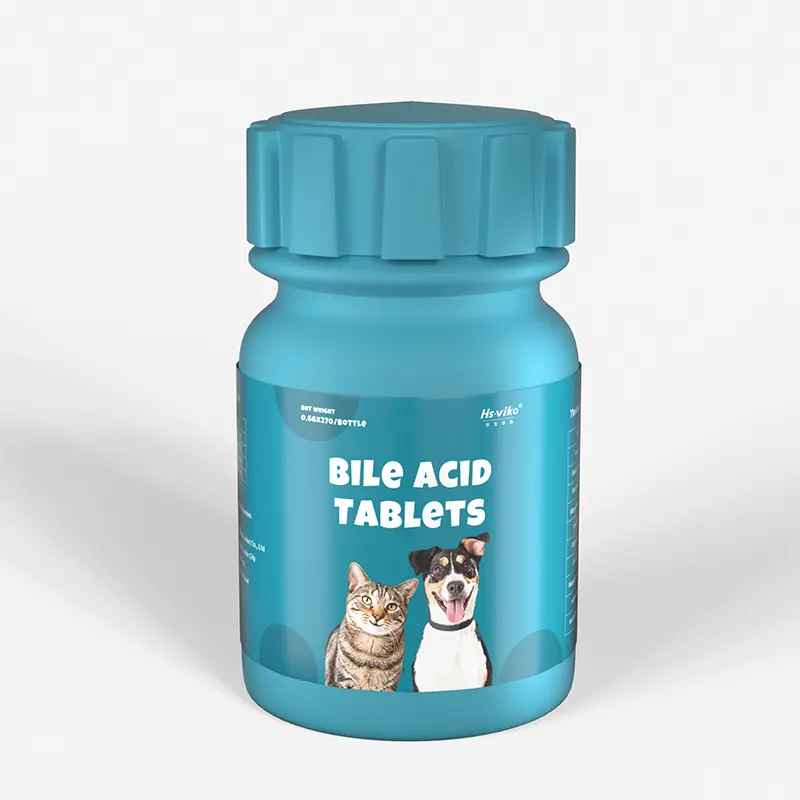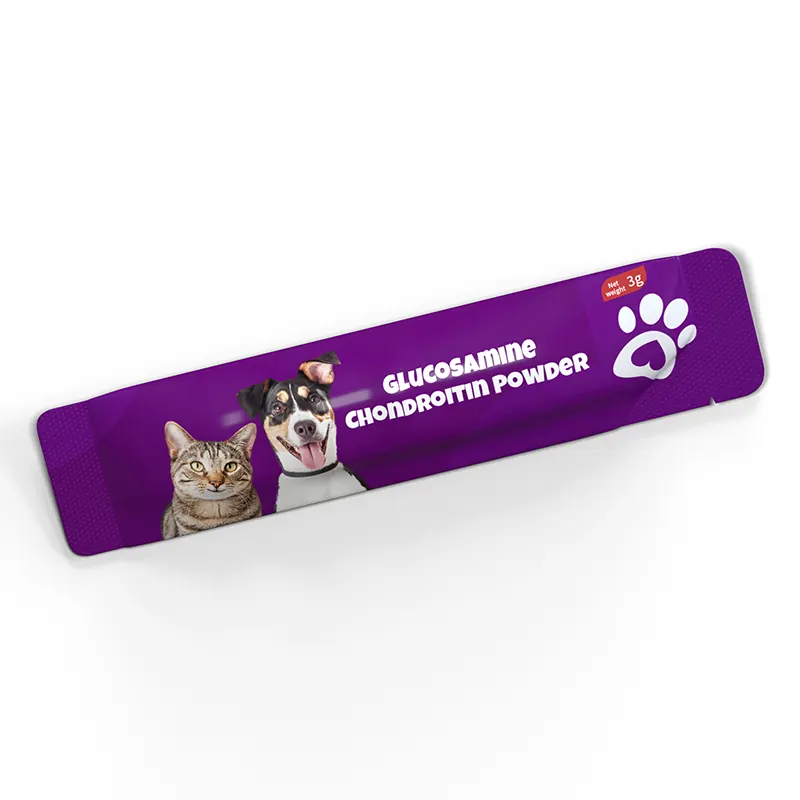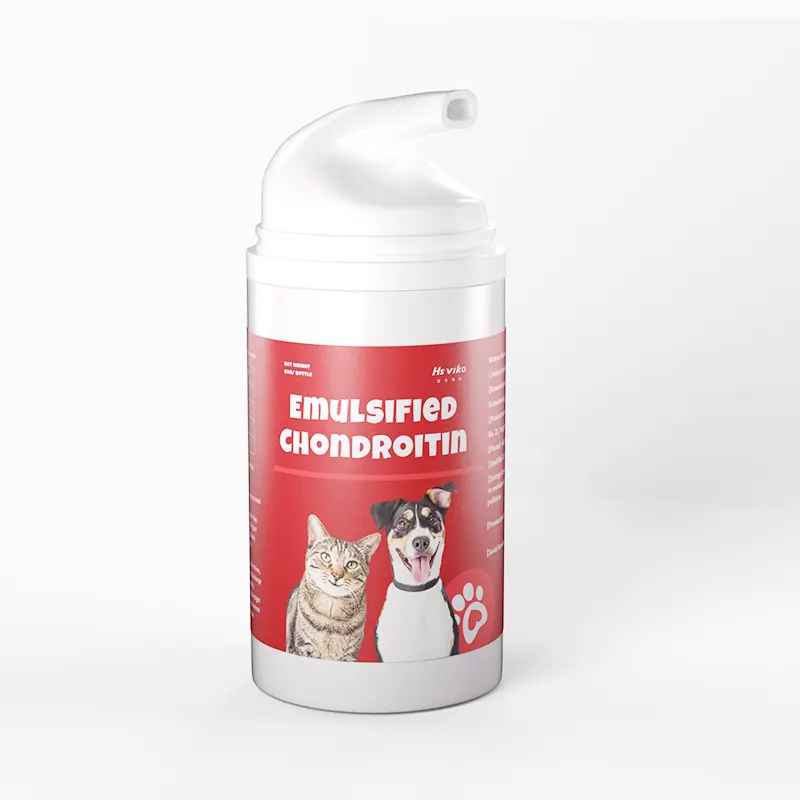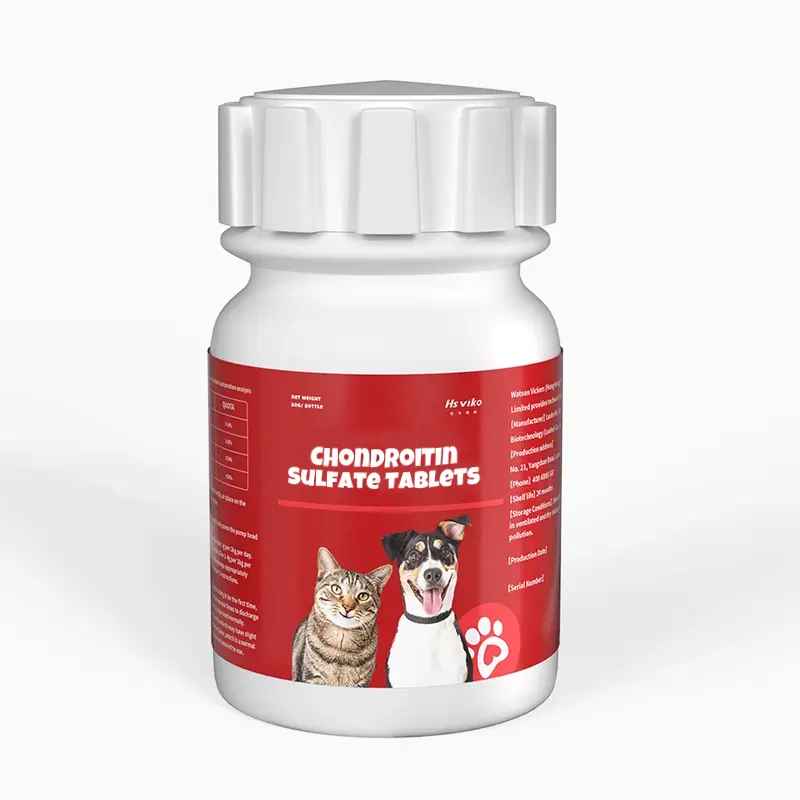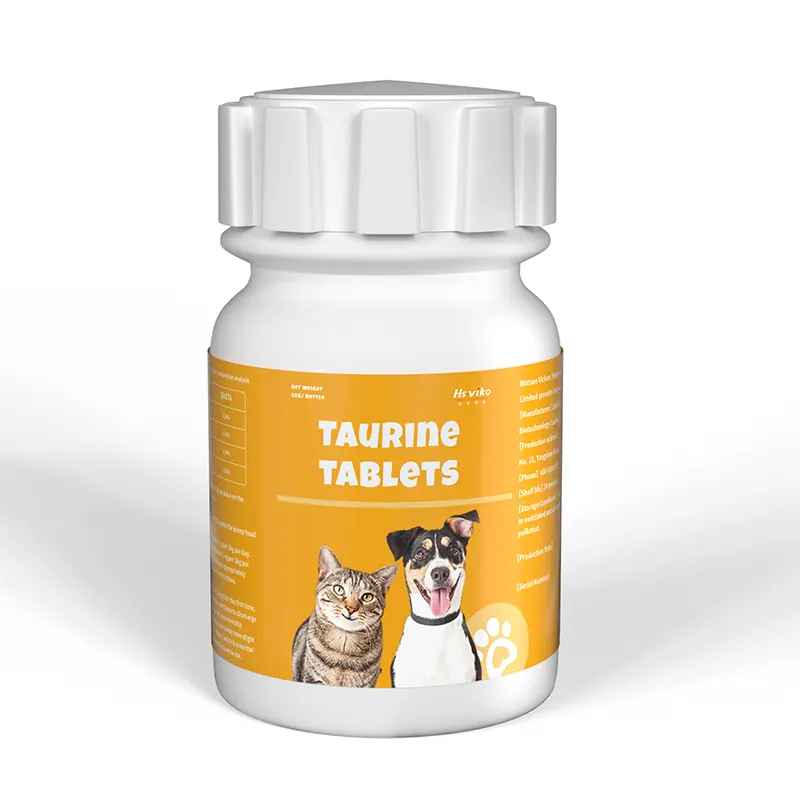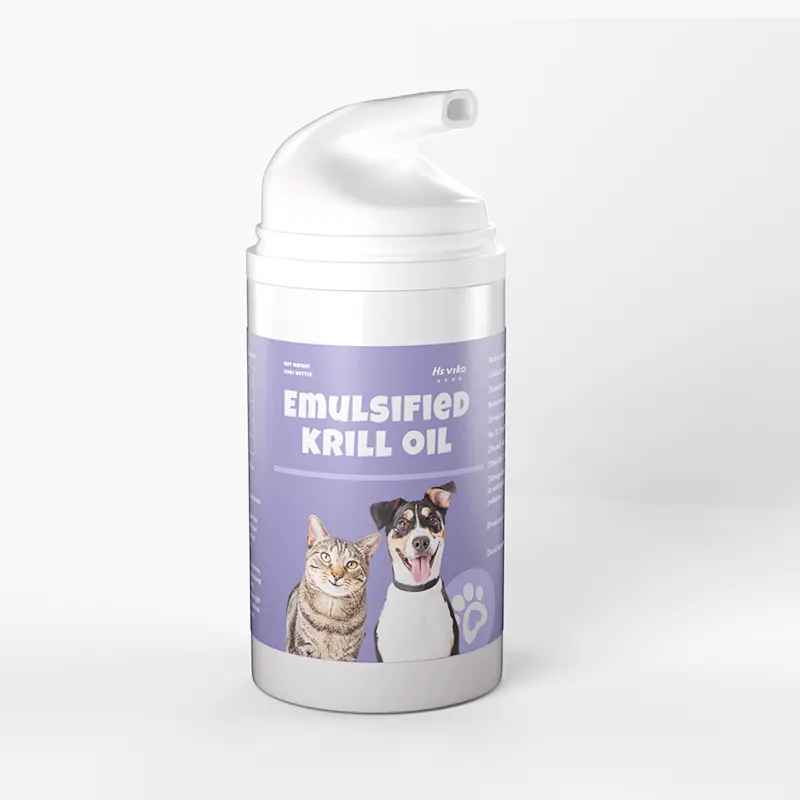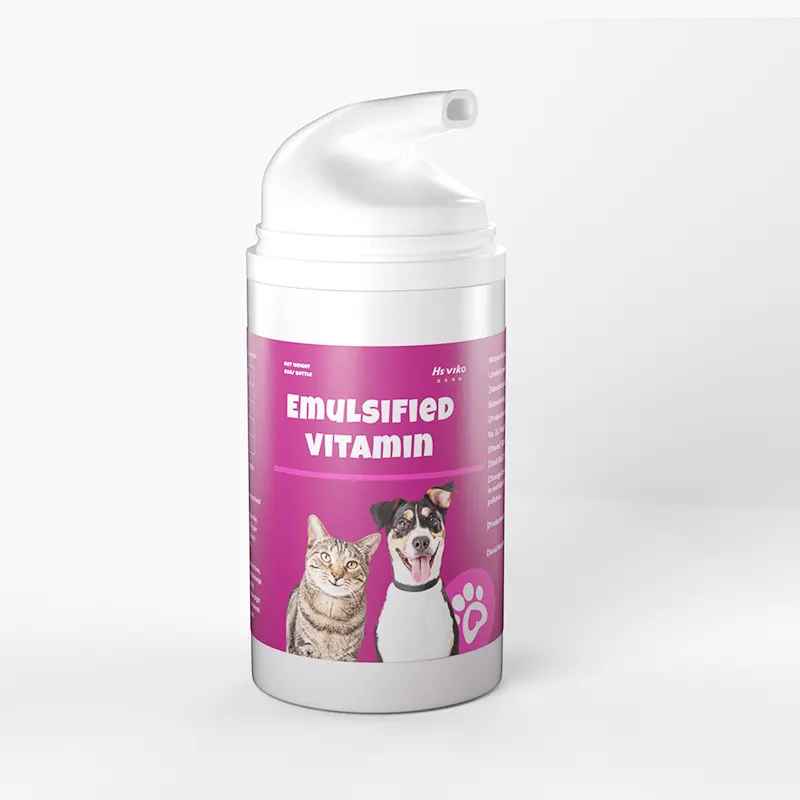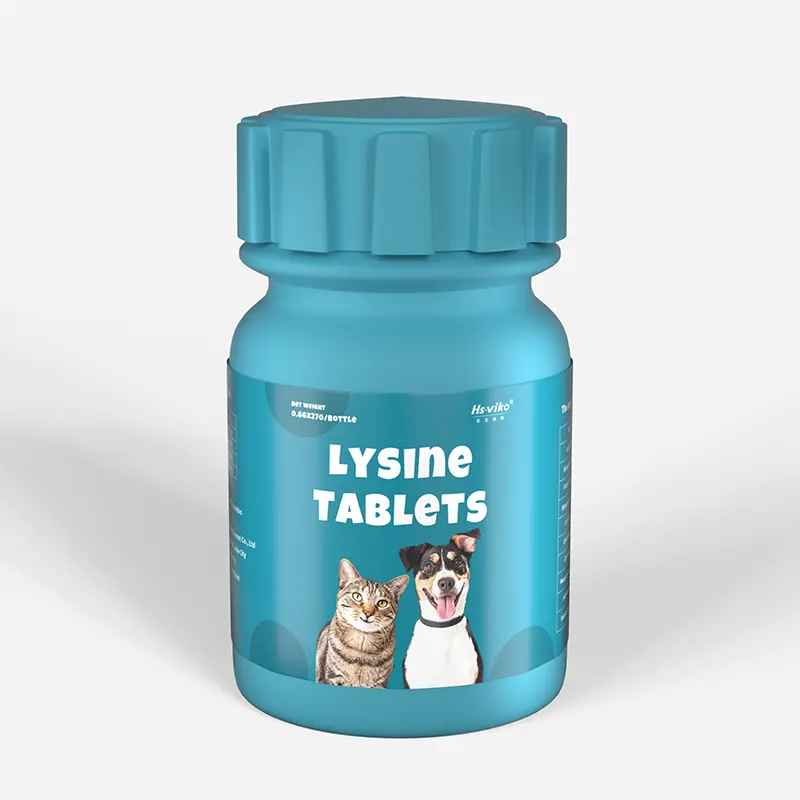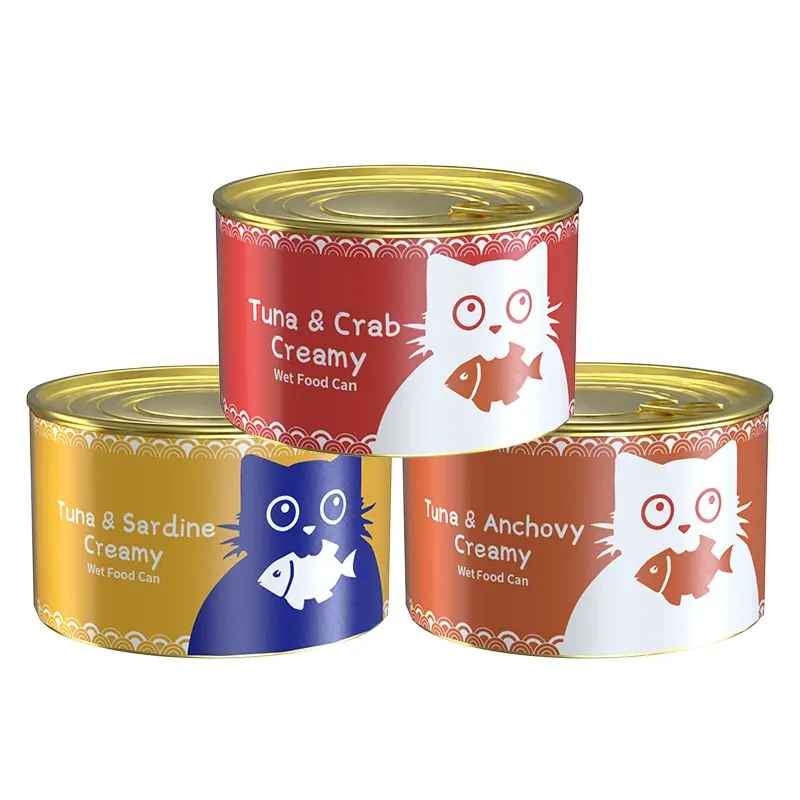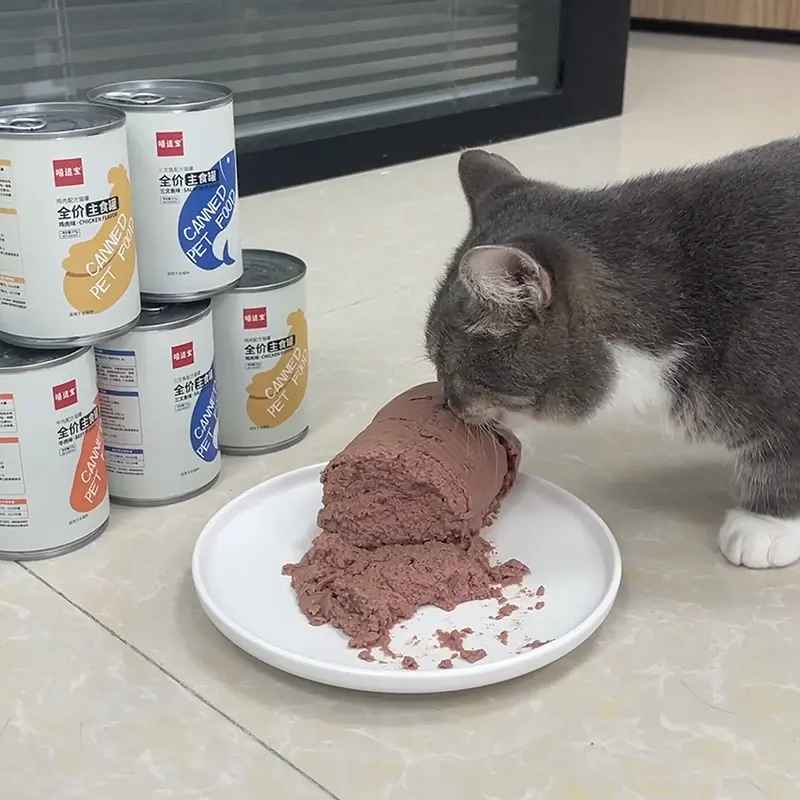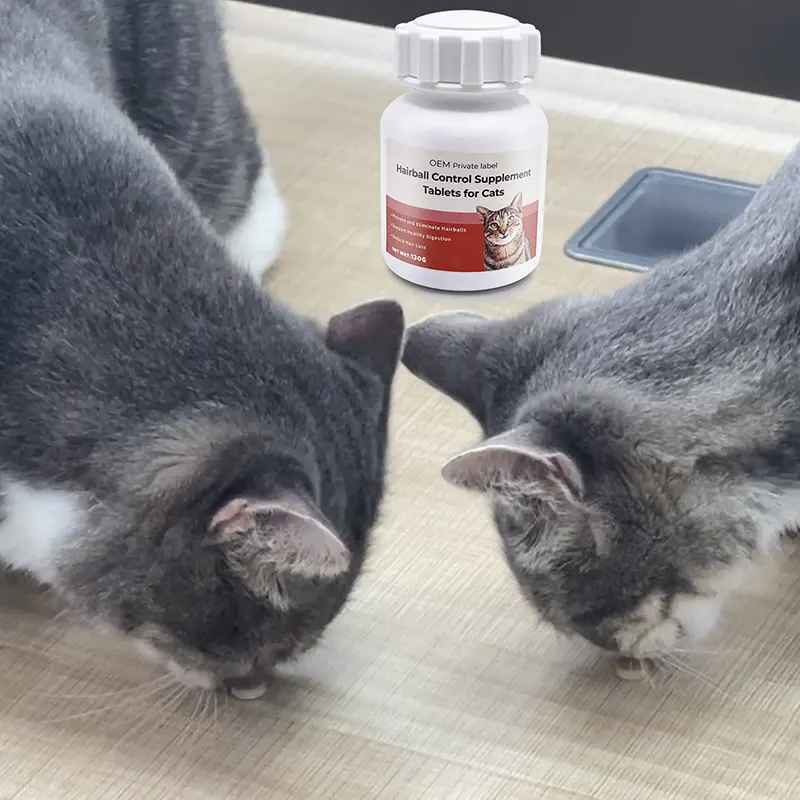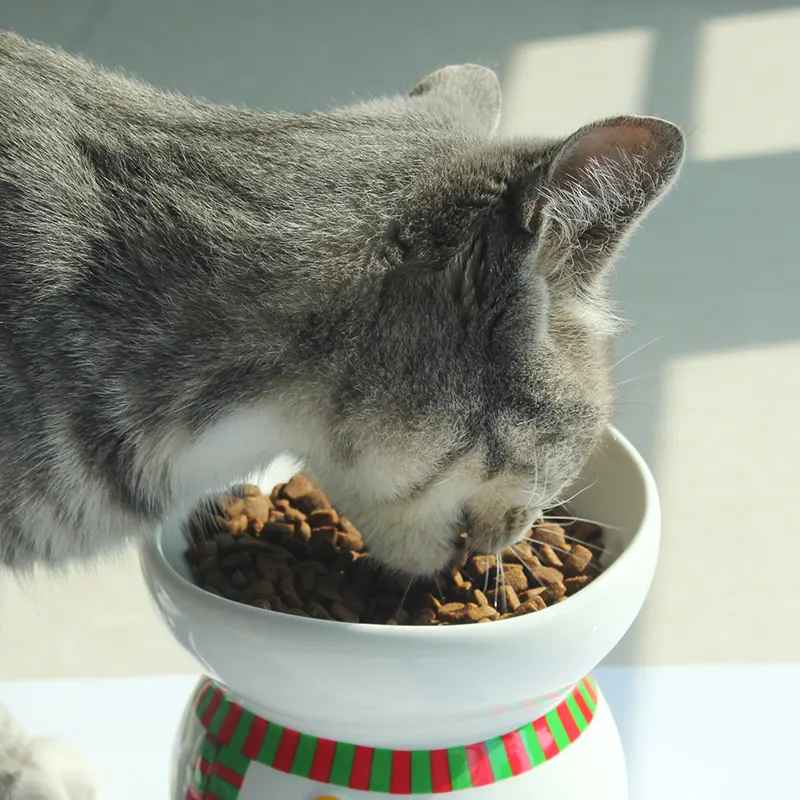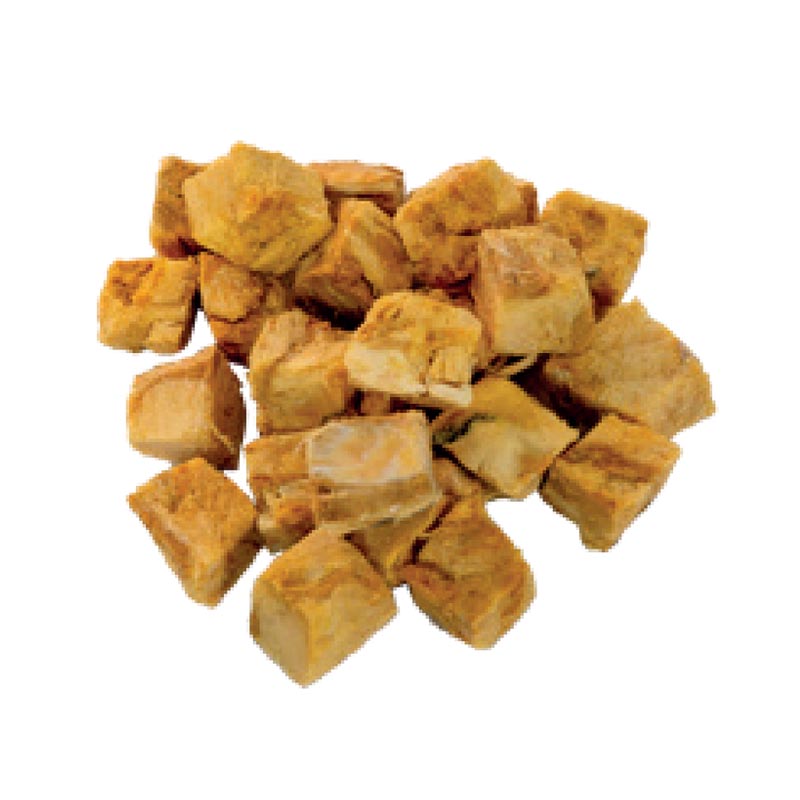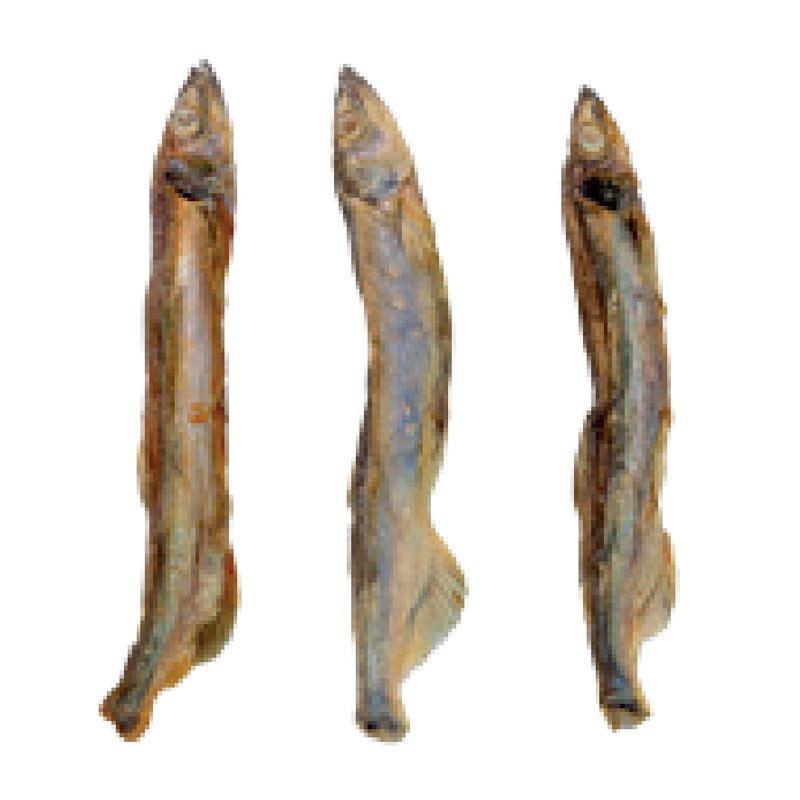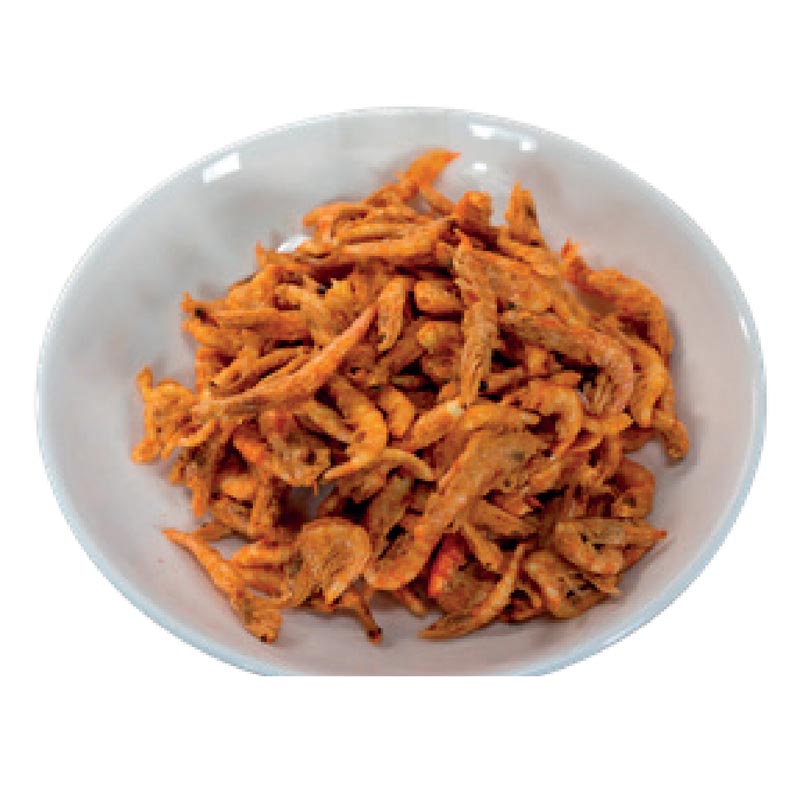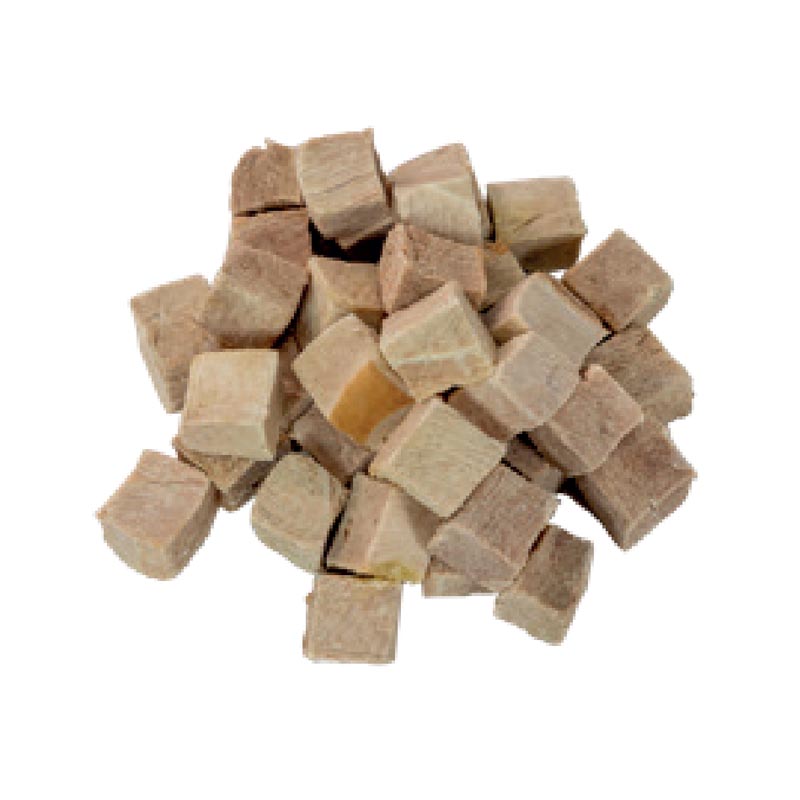How does fish oil reduce pet hair loss?
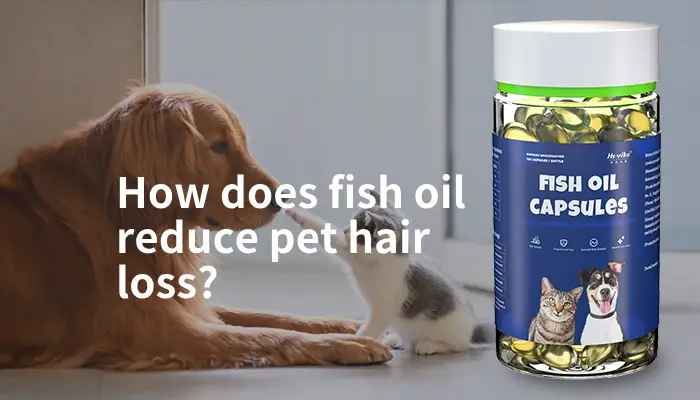
When you search online for how to reduce hair loss in cats and dogs? You might see feeding your cat fish oil. Why does fish oil reduce pet hair loss? Because it’s rich in Omega-3 fatty acids, which offer a variety of benefits, including improved skin health and reduced excessive shedding. In this article, we’ll look at how fish oil can have an impact on pet hair loss.
What is fish oil?
Fish oil, the source of which is fatty oils extracted from edible fish in the stingray and ray families. Fats and oils are an important part of food, and animals take calories from their diet. Fat produces the highest amount of calories of any food, and its nutritional value makes it an essential component of the diet, as well as a carrier and protector of vitamins A, D, E, and K. Hansen et al. discovered it for the first time in 1963.
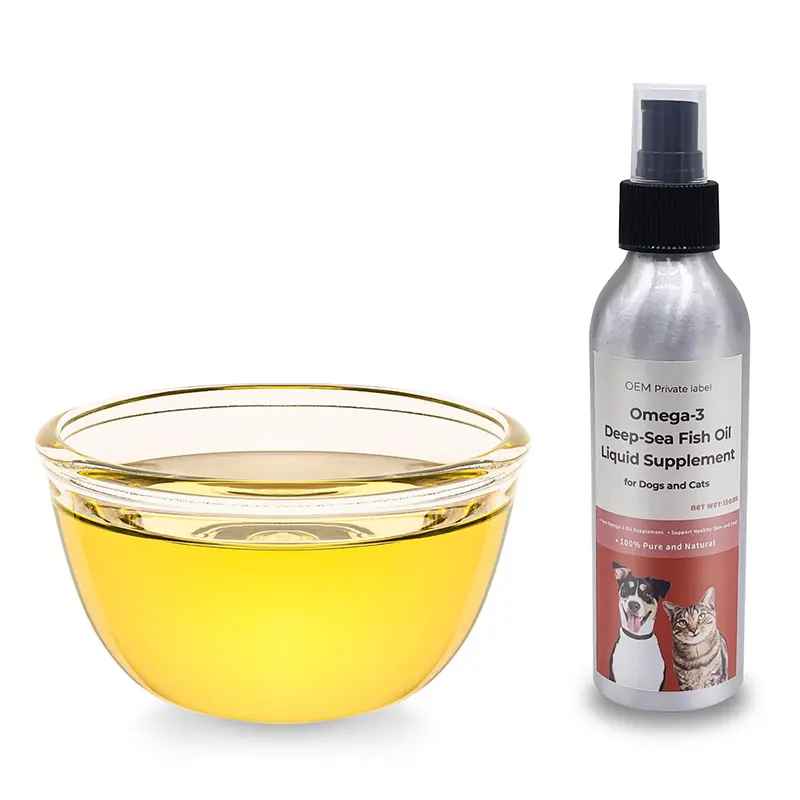
Hansen et al. discovered for the first time in 1963 that animals need to consume a group of polyunsaturated fatty acids (PUFAs) that they cannot synthesize on their own and that must be obtained from the diet. These polyunsaturated fatty acids (PUFA) mainly include linoleic acid, α-linolenic acid (α-LA), γ-linolenic acid (γ-LA), arachidonic acid (AA), eicosapentaenoic acid (EPA) and docosahexaenoic acid (DHA). Among them, linoleic acid and α-linolenic acid are often referred to as essential fatty acids (EFAs), and they belong to the ω-6 (or n-6) and ω3 (or n-3) families, respectively.
In animals, EPA is transformed into a series of ω-6 and ω-3 PUFA through metabolic processes such as carbon chain lengthening and the formation of new double bonds, etc. Recent studies have confirmed that ω-3 fatty acids are present in a variety of seafood products, among which fish oils and algal oils are an important source of ω-3 fatty acids, and some vegetable oils also contain a certain amount of ω-3 fatty acids. Fish oil and algal oil are important sources of ω-3 fatty acids, and some vegetable oils also contain a certain amount of ω-3 fatty acids.
Main sources and content of omega-3 fatty acids
| Source | Omega-3 Fatty Acid Type | Content/% |
| Perilla Oil | ALA | 60.75 |
| Flaxseed oil | ALA | 53.36~65.84 |
| Walnut Oil | ALA | 10.2~16.8 |
| Fish oil | DHA、EPA | 12.4~16.0 |
| Chlorella | ALA | 49.2 |
The structure of DHA, EPA, DHA and EPA in fish oil is very similar.
Structure of EPA and DHA
EPA is 5, 8, 11, 14, 17 eicosapentaenoic acid. EPA is 5,8,11,14,17 eicosapentaenoic acid, and DHA is 4,7,10,13,16,19 docosahexaenoic acid, which belongs to the same ω-3 series of polyunsaturated fatty acids. They are all omega-3 long-chain polyunsaturated fatty acids.
3 long-chain polyunsaturated fatty acid a-linolenic acid metabolites, and are essential fatty acids that cannot be synthesized by animals themselves.

Physiological Role of EPA and DHA
Parents are changing from feeding their pets to meet their basic needs to feeding their pets in a way that emphasizes health and nutrition. Healthy pets with beautiful, soft, smooth and glossy coats have become the pursuit of more parents.
The role of EPA and DHA in the pet’s coat
When pets do not have enough essential fatty acids in their diets, their coats become dull and dry. In a study by Mingxiu Zhang, it was shown that feeding a diet supplemented with flaxseed (1.23% ALA) to Beagles for 28 and 63 days resulted in an improvement in coat quality compared to a control group fed a diet without flaxseed. The study also showed a significant increase in coat quality scores from 7 to 28 d of the flaxseed-supplemented diet and a slower increase in coat quality scores from 28 to 63 days of feeding.
Combarros et al. demonstrated that dietary supplementation with a commercial fish oil preparation (20.4 mg/kg of EPA and DHA) for one month improved coat and skin quality in dogs, and that optimal improvement was achieved with continuous supplementation with a commercial fish oil preparation for 2 months. The above studies suggest that dietary supplementation with ω-3 polyunsaturated fatty acids has a positive effect on the coat of dogs, but pets supplemented continuously with ω-3 polyunsaturated fatty acids for a long period of time may experience dietary adaptation and the effect of coat improvement may be reduced.
Based on the understanding of the pet’s skin structure in the previous article, we know that the growth of hair depends on the division, proliferation and differentiation of the stem cells of the hair follicle structure, so hair growth depends on the growth and development of the hair follicle structure. And hair gloss, smoothness and softness may be affected by the type and distribution of lipids produced by sebaceous glands.Cerrato et al. found that when canine skin equivalents were treated with polyunsaturated fatty acids (22 μmol/L), the percentage of ceramides [(51.7 ± 1.3)%] was significantly higher than that of the control group [(41.6 ± 1.4)%], so polyunsaturated fatty acids could increase ceramide levels in the skin to prevent and repair skin barrier damage. Polyunsaturated fatty acids improve hair can promote the synthesis of cholesterol and ceramides by sebaceous glands, change the lipid composition of the skin, and promote epidermal barrier repair. In addition, polyunsaturated fatty acids can reduce allergic inflammatory responses by modulating the production of prostaglandins and leukotrienes, promoting changes in the composition and function of the epidermal lipid barrier.

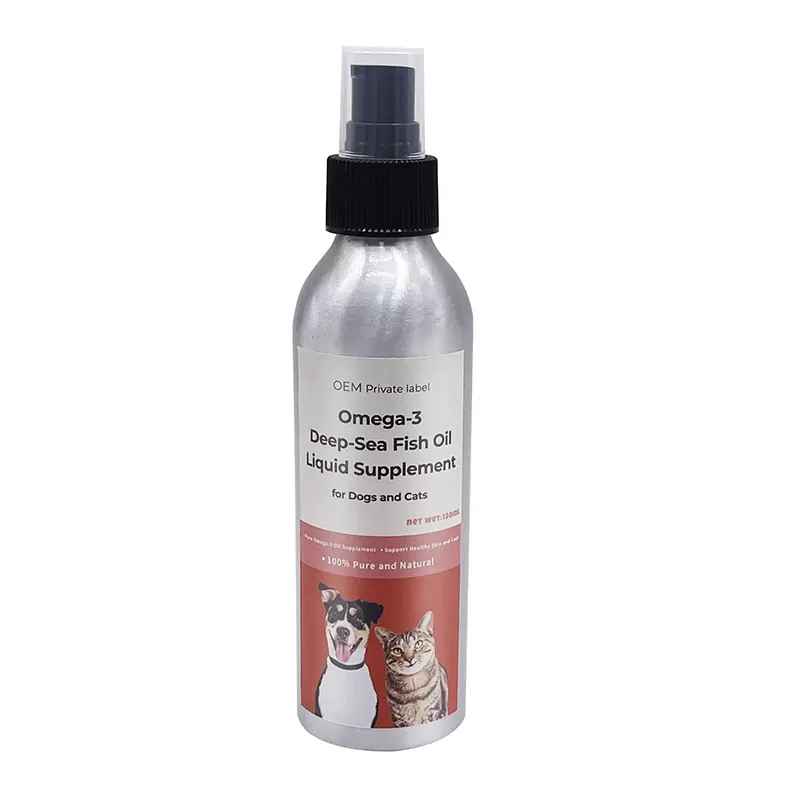
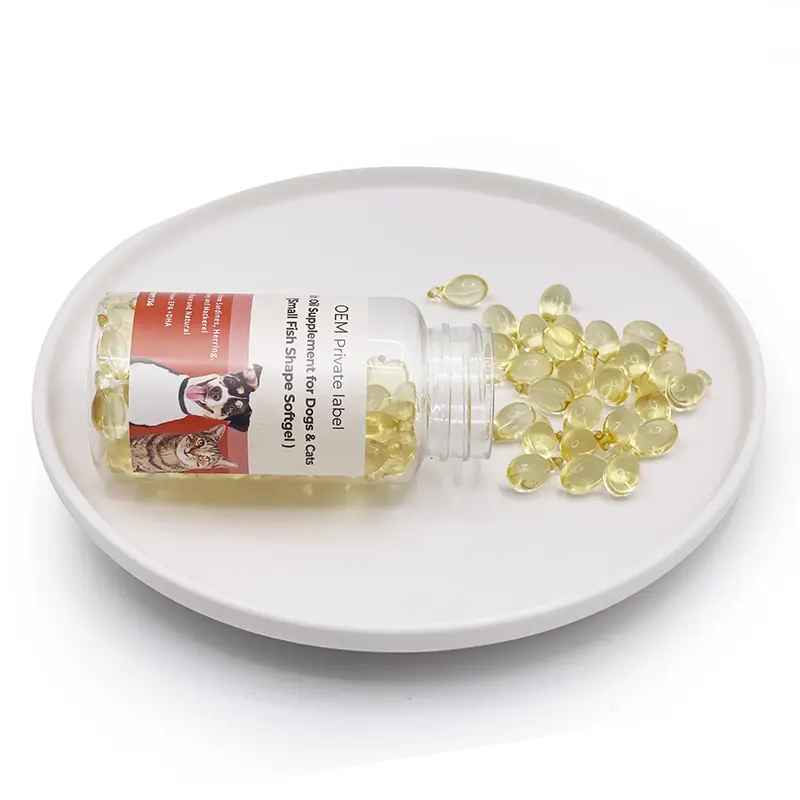
EPA and Prostaglandin Function
Swedish chemist and Nobel laureate Von Euler isolated the prostaglandins, which are hormones derived from arachidonic acid (AA), and which are found in trace amounts in animal tissues. They are involved in a wide range of functions, including smooth muscle contraction, enzyme activity in lipid metabolism, activity of the central nervous system, regulation of the pulse and blood pressure, the physiological function of steroid hormones, and other life functions. Many physiological and pathological responses, such as pulse resistance, thrombosis, wound healing, inflammation and allergies are influenced by prostaglandin-like compounds. Prostaglandins, thromboxanes, leukotrienes, etc., regulate many physiological and pathological responses. EPA is one of the precursor fatty acids of prostaglandin-like compounds. Regular supplementation can enhance cellular activity and immunity, strengthening your pet’s immune system and preventing disease.
DHA and Biofilm Function
With the development of chromatographic technology and its widespread use in the separation and analysis of biological tissues, it is now understood that DHA and other omega-3 fatty acids do not exist as free fatty acids in animal tissues, but rather as phospholipids, triglycerides, and cholesterol lipids in the brain, retina, and semen of animals. It is also found in other tissues, such as myofibrils, heart, liver, spleen, muscle, red blood cells, platelets, and milk.
Depending on where DHA is found, it has the ability to brighten the eyes, improve vision, remove harmful substances from blood vessels, restore the elasticity and smoothness of blood vessels, and protect the heart.
As an important omega-3 PUFA in brain tissue, the level of DHA in the body directly affects the proliferation of brain cells, nerve conduction, synaptic growth and development. There is a linear relationship between the intake of fish oil to replenish the DHA content in the brain and the prevention of cognitive decline. Therefore, appropriate fish oil supplementation can promote the development of the dog’s brain, so that the dog will be smarter and learn things faster.
Meanwhile, DHA is often recommended for the treatment of glomerulonephritis, a kidney disease associated with excessive protein loss in the urine, which can exacerbate chronic kidney disease. In a study of canine nephropathy with secondary glomerular injury, dietary supplementation with fish oil was shown to significantly slow the progression of kidney injury. In addition, fish oil has been shown to be protective against acute kidney injury.
DHA is found in the retinal cells of the eye, which is the most abundant organ in the animal body. It can strengthen the connection between the retinal cells and the brain, enhance the normal function of the eye, and protect the health of eyesight.
Other effects
Fish oil is also rich in vitamins, promotes the absorption of calcium, and has a favorable effect on the development of large dogs, as well as relieving pain in dogs with bone diseases. Scientific studies have shown that the omega-3 fatty acids in fish oil are effective in helping to reduce joint stiffness, swelling, pain and overall fatigue.
The Dangers of Too Much DHA and EPA
Excessive intake of DHA and EPA can also cause some adverse effects. Experiments have shown that consuming only seafood animals and abstaining from other foods for 100d resulted in weight loss, prolonged bleeding time, decreased platelet counts, decreased prostaglandins in semen, and reduced or even absent sperm motility. High concentration of DHA, EPA fish oil may cause dizziness, nausea and other symptoms if not taken properly. In addition, the oxidation of DHA and EPA is extremely harmful to the animal body, after the oxidation of DHA and EPA, malondialdehyde is produced, which can make the protein cross-linking, so that the muscle loses its elasticity and melanin increases. The free radicals produced by oxidation have carcinogenic effects, and lipid oxides can also cause cardiovascular atherosclerosis, damage the inner wall of blood vessels and make them brittle, thus leading to hypertension and cerebral hemorrhage. Therefore, when consuming DHA and EPA, it is necessary to take VE antioxidant at the same time.
Generally speaking, fish oil is safe for cats, but if too much is consumed at one time, diarrhea, vomiting, lethargy, oily skin and decreased immunity may occur.
Therefore, please feed fish oil in moderation. If your pet is allergic to fish, do not feed fish oil.
One of the most powerful pet product brands in China. With more than ten years of experience in pet supplements is production. Provides one-stop service for pet health care products, medicine and food for the whole world, including customization, OEM, ODM and wholesale.
Related Posts:
- Glucosamine for Dogs: Side Effects, Benefits, and Safe Dosage Guidelines
- Glucosamine & Chondroitin Supplement for Dogs Dosage Guidelines
- Best Canine Glucosamine Chondroitin Guide: Benefits, Dosage, and Side Effects
- Lysine Benefits for Cats, Dosage, and Safety Tips for All Ages
- Probiotics for Dogs with Allergies: Science-Backed Strains & Dosage (2025)
Search
© 2023-2024. All Rights Reserved. Copyright By HsViko Pet Supplies | Privacy Policy
